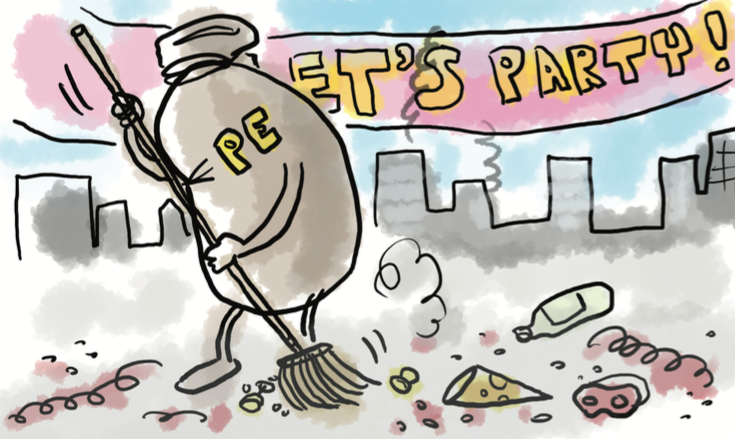If there is one thing everyone in the regional private equity (PE) game agrees on, it’s that the party is officially over, albeit after a long and fruitful period of money making. Despite the economic downturn and the immaturity of PE in the region, regional PE firms managed to raise a total of more than $6.4 billion in 2008, according to research conducted by Zawya Private Equity Monitor (ZPEM) and the Gulf Venture Capital Association (GVCA). When one considers that in 2005 PE firms raised a total of $2.9 billion, the compound annual growth rate (CAGR) in the region over the past three years had registered at 30 percent, according to the GVCA. Ergo it’s no surprise that, until around October of 2008, the region was being heralded by many in the global PE industry as the next global PE hub.
The financial bulldozer
Inevitably, the financial disaster that emanated from Wall Street has dampened the promise of PE in the region, at least for the time being. The Middle East is still reeling from the effects of the crisis and even the most reliable analysts and commentators are reluctant to give an answer as to when the region will see the bottom of this downturn. The funding frenzy that has typified the regional PE market over the past few years has come to a grinding halt and those seeking to raise funds in the region face a challenging task.
“Fundraising in 2009 will be a small fraction of what was raised in 2008,” says Hisham El Khazindar, managing director and co-founder of Citadel Capital. “If we see $1 billion raised in 2009 it would be fantastic,” he adds. That sentiment is echoed across the industry, whether it comes to the funds themselves or the disposition of limited partners (LPs).
“All the PE shops that I know who were scheduled to do fund raises in the first half of this year have postponed them because the appetite just isn’t there,” says Yahya Jalil, senior executive officer and head of private equity at The National Investor in Dubai.
That said, comparatively speaking PE firms are still in a better position than many other financial institutions in the region. For one, PE firms in the region were not heavily involved in the kind of investments that got the world into its financial mess to begin with and by nature they are committed to longer spreads and lockups whose longevity may well ride out the current financial conundrum.
“The typical PE investment cycle is around four years, which means that investments made now will not ‘mature’ until 2013,” says James Tanner, head of placement and relationship management at Investcorp. “By that time, it is expected that the current downturn will have passed and we expect the region to have returned to its long-term growth trajectory.”
Lenders licking wounds
Many of the traditional financing and exit avenues for PE firms have become unattractive as banks look inward — as well as to their governments — to repair their balance sheets. Furthermore, the immaturity of PE and leveraged buy-outs (LBOs) in the region largely shielded the industry from the effects of widespread and complex leveraging prevalent in many developed PE markets.
“LBOs only covered around 25 percent of the [regional] PE market,” says Imad Ghandour, executive director of Gulf Capital.
Tamer Bazzari, deputy CEO of Rasmala, adds that “immaturity did result in limited exposure to LBOs in the Middle East market compared to the West. This immaturity was not because of the immaturity of the PE firms, which are capable of structuring these deals, but to the inability of the banks to support such transactions in the region.”
Perhaps the most important and advantageous aspect of the regional PE market, however, is the fact that PE firms in the region are still sitting on vast amounts of “dry powder” — capital called or committed that is yet to be deployed. This has placed regional PE firms in a position where they will have first dibs on opportunities once there is some kind of consensus on when the bottom has truly been reached.
“You don’t get any accolades for picking the bottom and the risk of thinking you are at the bottom when you are not is quite substantial,” says Jurgen Heppe, managing director of direct investment at Istithmar World. “I think it’s what’s holding people back, because there is a lot more comfort in investing into an uptrend then trying to pick the bottom.”
All things considered, the near term state of the regional PE industry will be one of reticence and reflection. PE firms have had a good run of luck — now they are being called upon by their LPs and the companies they invest in to show their worth by preserving the value of their portfolios in the face of an economic whirlwind the likes of which this region has never seen. The hunting season is on, except now the guns are pointed in the other direction.















